
Bible, History, Archaeology
Bible,
History,
Archaeology
A temple to Yahweh
on Elephantine Island
Introduction
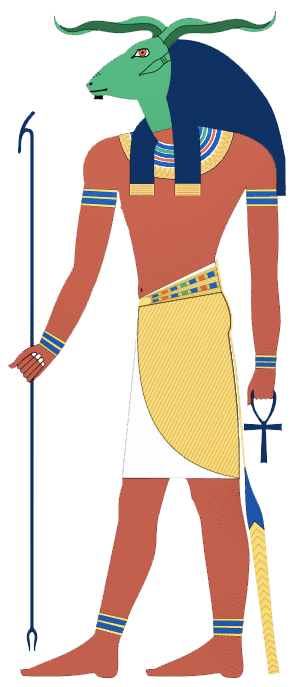
Just 150 metres off the coast of Aswan - the ancient city of Syene - amid the turbulent waters of the Nile lies Elephantine Island. Yebu, which means elephant, probably because of the many grey granite rocks that surround the island, evoking a herd of elephants at bathing time.
She was both :
- the border town-garnison on the southern edge of Upper Egypt,
- the cradle of the 5th Dynasty pharaohs (circa 2563-2423 BC),
- the home of the god Khnum in the company of the goddesses Satis and Anoukis, and
- the capital of the first name 1 of the Egyptian Empire - The Land of Nubia -.
1-The term name (which the Egyptians call sepat) refers to the administrative districts of ancient Egypt. The term was used by the Greeks, from whom we have borrowed it. After the Macedonian conquest, the Ptolemies preserved the broad outlines of this administrative organization, which dates back to the dawn of history.
Image opposite: an ancient representation of the god Khnum. © Théo Truschel.
Panoramic view of the southern tip of Elephantine Island. On the left, in the foreground, the ruins of the Temple of Khnum. The temple of the Israelites was probably located nearby. In the center, upstream from the Nile, the First Cataract. On the right, the western bank of the Nile, the bank of the «abode of the dead» in Egyptian religion. Theo Truschel.
The history of the island
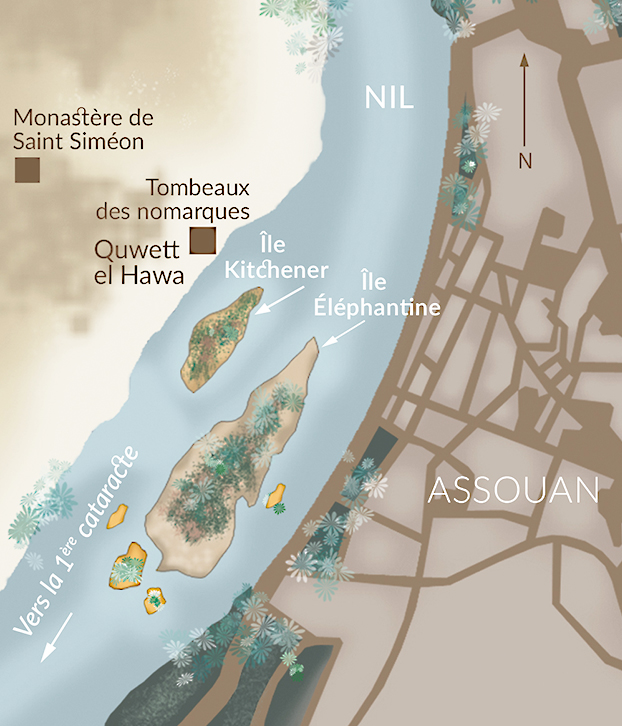
From an archaeological point of view, Elephantine is unique in the whole of Egypt.
Image opposite: Elephantine on the Nile, opposite the city of Aswan (ancient Syene), today. Theo Truschel.
By 1998, archaeologists had completed the restoration of a large part of this island, with its temples and houses, and opened it to the public in an open-air museum: the remains of several temples are visible, including the best-known, dedicated to the god Khnum. It has been systematically excavated and restored since 1969 by the German Archaeological Institute (DAI) and the Swiss Archaeological Institute, in collaboration with the Supreme Council of Egyptian Antiquities (CSA).
Map of Egypt and Elephantine → island
In addition to the temple of Khnum, whose construction dates back to Nectanebo II (c. 360-343) and was continued by the Ptolemies and Romans, there are traces of the temple of Satis, wife of Khnum, built under Thutmosis III (circa 1504-1450), as well as a series of chapels around a courtyard, dedicated to Hapy, god of floods, and finally the southern temple dedicated by Amenophis III (circa 1408-1370) to the triad of divinities of the First Cataract.
 Image opposite: a fresco depicting Thutmosis III uncovered in his temple next to the Temple of Hashepsut near the Valley of the Kings. On display at the Luxor Museum. © Théo Truschel.
Image opposite: a fresco depicting Thutmosis III uncovered in his temple next to the Temple of Hashepsut near the Valley of the Kings. On display at the Luxor Museum. © Théo Truschel.
When Bonaparte's French expedition passed through the region in 1799, the temples of Amenophis III and the small temple of Thutmosis III were still standing, but were later dismantled by Mehemet-Ali (- 1769-1849), Viceroy of Egypt, who used the stone blocks to build his own palace. All that remains are the drawings made by early Egyptologists.
The cramped nature of the site forced successive builders to juxtapose and superimpose their monuments. As a result, the city's history can be traced in a complex stratified form. The city was inhabited from prehistoric times to the Greco-Roman period.
As early as 1857, Mariette opened an excavation site on Elephantine Island and unearthed numerous objects (vases, scarabs, amulets, etc.) dating from the 5th (c. 2563-2423) and 6th dynasties (c. 2423-2263), proof of the site's early occupation. Lack of funding prevented him from publishing the work.
A temple to Yahweh at Elephantine

These documents attest to the existence of a Jewish colony living on the island around a temple dedicated to Yahweh (Yahô). They brought offerings and, exceptionally in the history of Judaism, made sacrifices on the altar as in the Jerusalem Temple.
Image opposite: map of Elephantine Island (detail) with the probable location of Yahweh's temple. © Théo Truschel.
These Israelites were probably already settled at the time of the Persian conquest of Egypt, around 525 B.C. This community must have been established under the pharaohs of the XXVIth dynasty. They were probably refugees who had escaped the destruction of Jerusalem and its Temple under the blows of Nebuchadnezzar II, (the Nebuchadnezzar of the Bible) king of Babylon, 586/587 BC.
These Israelites formed a garrison on the island of Elephantine. papyri Aramaic documents found on site show that these soldiers and their wives were paid by the Pharaoh, and later by the Persians, that they cultivated land, built a temple and corresponded with the religious authorities in Jerusalem.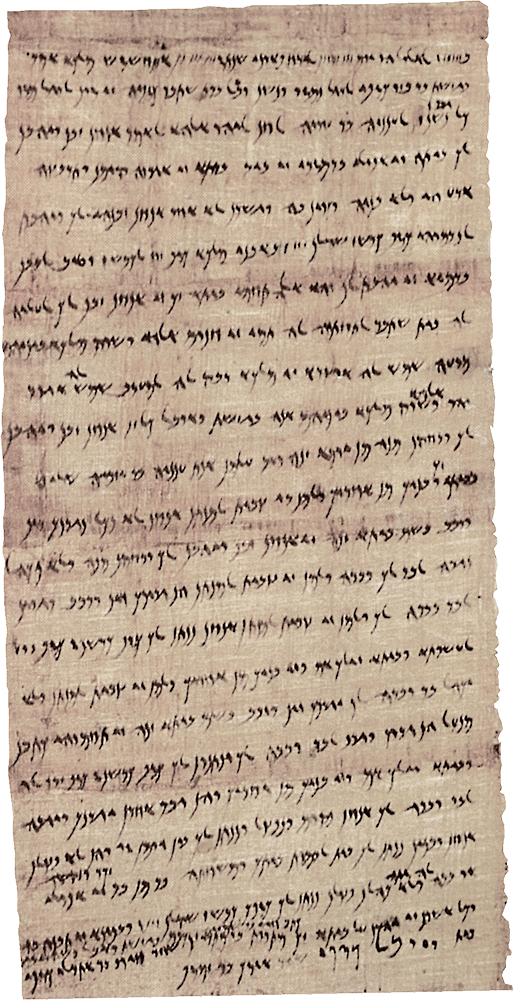
Image opposite: one of the most important papyri, the deed of sale of a house in the name of Khanania ben Azariah, dating from 437 B.C. Berlin Museum © Theo Truschel.
With the aim of rebuilding their temple, the Israelites sent a petition to Judea, addressed jointly to Yahôhanan the high priest, the priests of Jerusalem and the notables who represented the internal government of the Jerusalem community. The people of Elephantine received no response to their petition. This silence can be explained by the centralizing doctrine of Yahweh worship in Jerusalem.
Following an intervention by the son of the governor of Samaria, Sanballat (an enemy of the prophet Nehemiah? Nehemiah 2,1; 4,1-2), they finally obtained permission to rebuild their temple.
With Egypt regaining its independence around 401 B.C., it seems that this second temple quickly disappeared. The most recent papyrus dates from 399 B.C. This community is unlikely to have survived beyond this date.
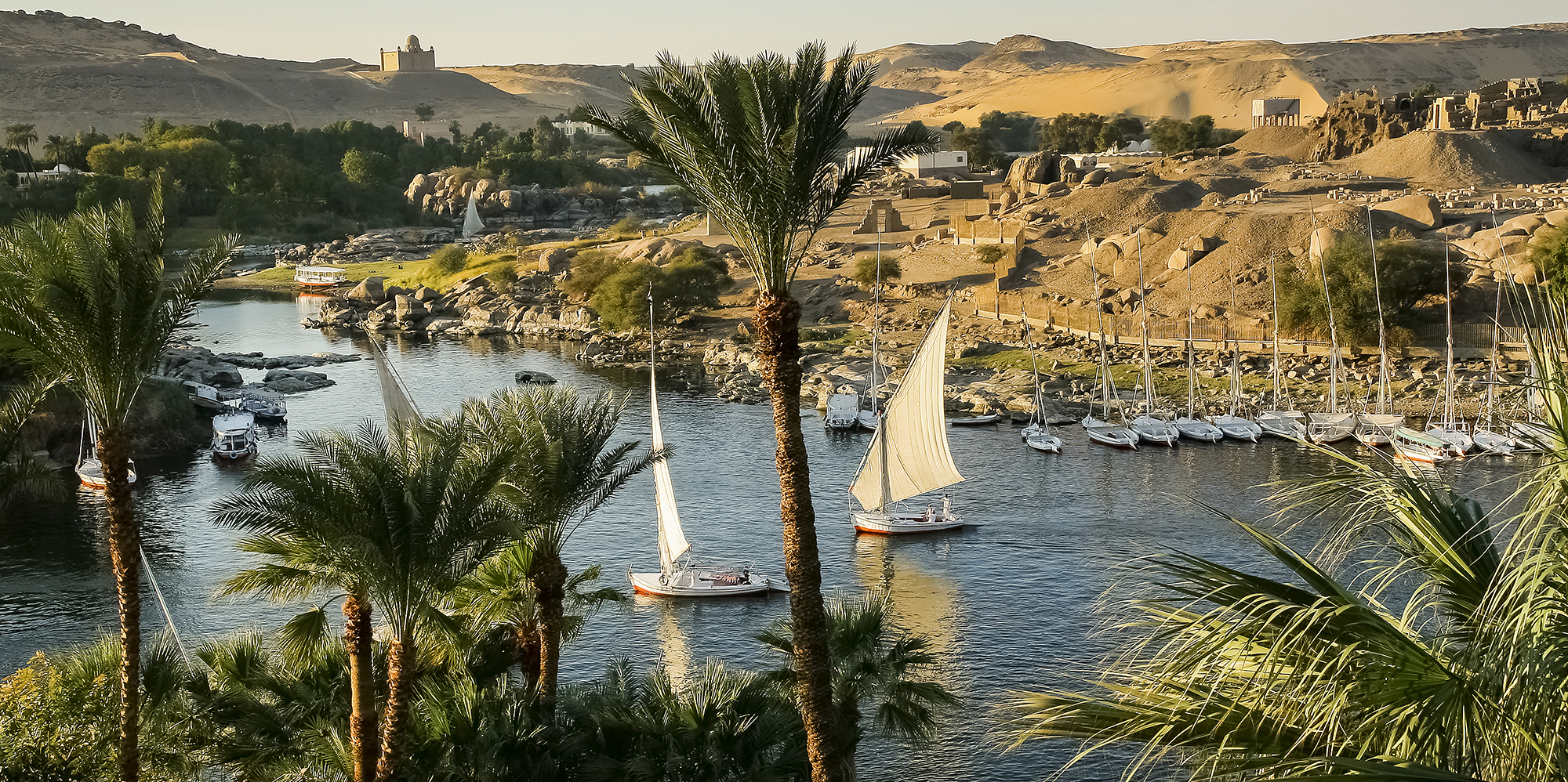


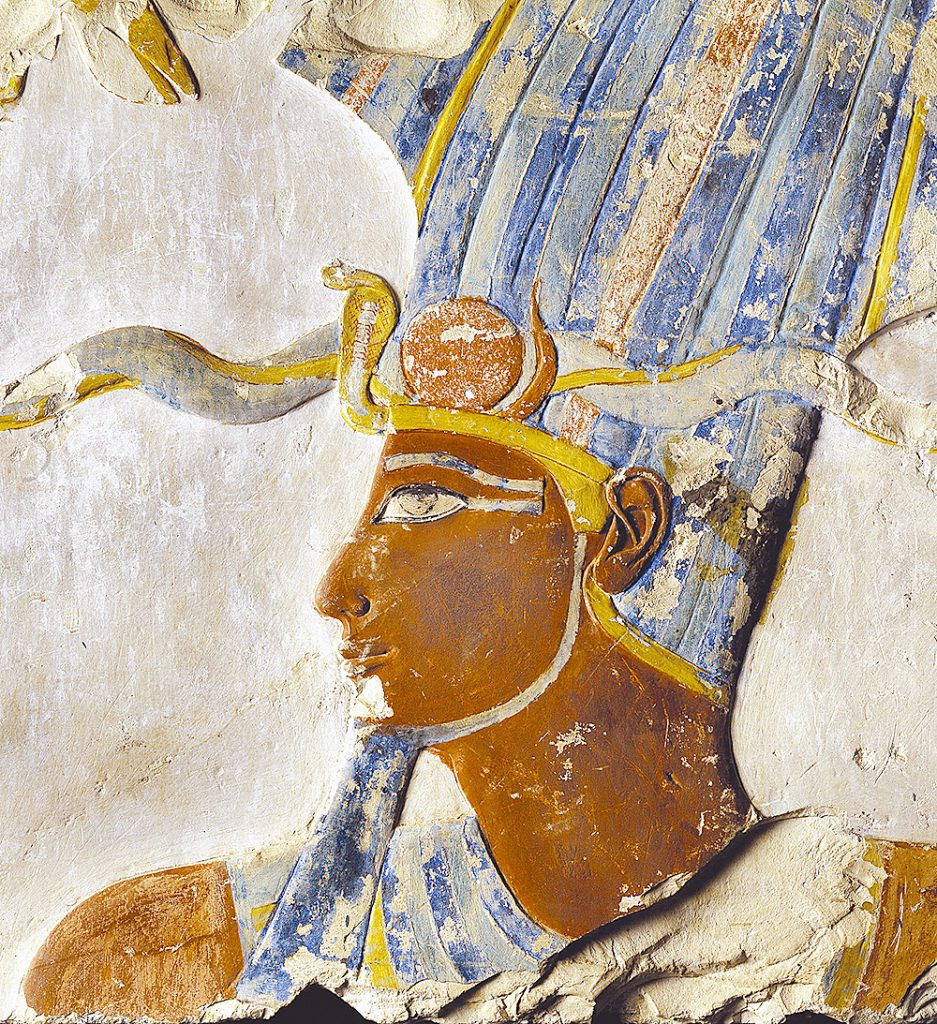 Image opposite: a fresco depicting Thutmosis III uncovered in his temple next to the Temple of Hashepsut near the Valley of the Kings. On display at the Luxor Museum. © Théo Truschel.
Image opposite: a fresco depicting Thutmosis III uncovered in his temple next to the Temple of Hashepsut near the Valley of the Kings. On display at the Luxor Museum. © Théo Truschel.